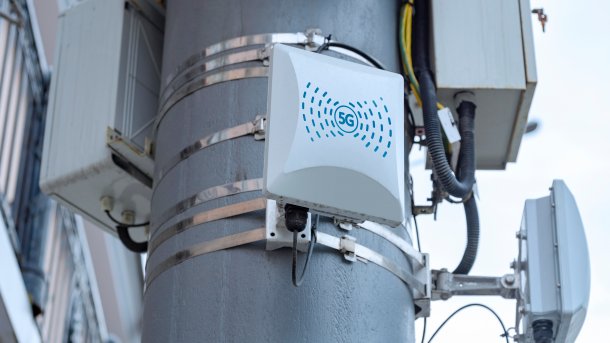Digital Decade: EU countries far from achieving gigabit targets
An analysis by the EU Commission reveals clear gaps in investments at European and national level, for example in super-fast internet, skills and AI.

(Image: Lisic/Shutterstock.com)
The EU Commission has published the second report on the status of the Digital Decade, which provides a comprehensive overview of the implementation of the 2030 targets such as "Gigabit for all". The analysis shows that some of the member states will not achieve the EU's targets with their joint efforts to date. The gaps identified include insufficient investment at both European and national level. The Commission cites digital skills, super-fast internet aka "high-quality connectivity", the introduction of artificial intelligence (AI) and big data analysis, semiconductor production and start-up ecosystems as the main areas affected.
According to the national factsheet, Germany has made remarkable progress in expanding its connectivity infrastructure, particularly with 5G mobile communications. 98.1% of households have 5G coverage. On the other hand, Germany ranks second to last in the EU in terms of fiber-to-the-building (FTTB) coverage. The current rate is 29.8%, which is well below the EU average. Germany also lags behind the EU average of 18.5% when it comes to the proportion of broadband connections with speeds of more than 1 Gbit/s, at 5.5%. Germany must also accelerate its e-government development, as it has recently even recorded a slight decline in the corresponding indicators.
Other EU countries are much further ahead in expanding their digital infrastructure. "France is well on the way to achieving 100% gigabit coverage," writes the Commission. According to the report, 81.4% of households are covered by FTTB, with 3.5 million fiber optic connections added in 2023 alone. 5G coverage is 93.2 percent. The gigabit rate in Sweden is 88.5% of households in the fixed network, while 5G coverage there is 90.3%, lower than in Germany. Italy's FTTB and other gigabit access coverage in the fixed network remains below the EU average at 59.6%, but the country is "continuing to make good progress" in this area.
Digital divide a cause for concern
According to the overall report, fiber optic networks reach an average of 64% of households across the EU. Coverage with 5G networks is only 50% of the EU area. The 2023 status of the use of data-driven applications in European companies also remains below expectations: If things continue like this, the Commission predicts that only 64 percent of companies will be using cloud systems, 50 percent Big Data and 17 percent AI by 2030. 75 percent is the benchmark. The digital divide between online and non-online users, for example, remains wide. Currently, only 55.6% of EU citizens have at least basic digital skills. According to the current trend, the number of IT specialists in the EU will be around 12 million in 2030, with a persistent gender imbalance.
The goal of making all important public services and electronic patient records accessible online for citizens and businesses and providing them with secure electronic identification (eID) is better. Despite major differences in the member states, an eID - such as the electronic ID card in Germany - is currently available to 93% of the EU population. However, the usage rate is significantly lower in Germany, for example. The Commission hopes that the new regulation for an EUid, which will make e-wallets mandatory, will lead to further progress. "We need to create incentives for the use of digital instruments," said Margrethe Vestager, the Commission Vice-President responsible for the digital age. It is also necessary to promote cooperation and better integrate the internal market.
(mma)